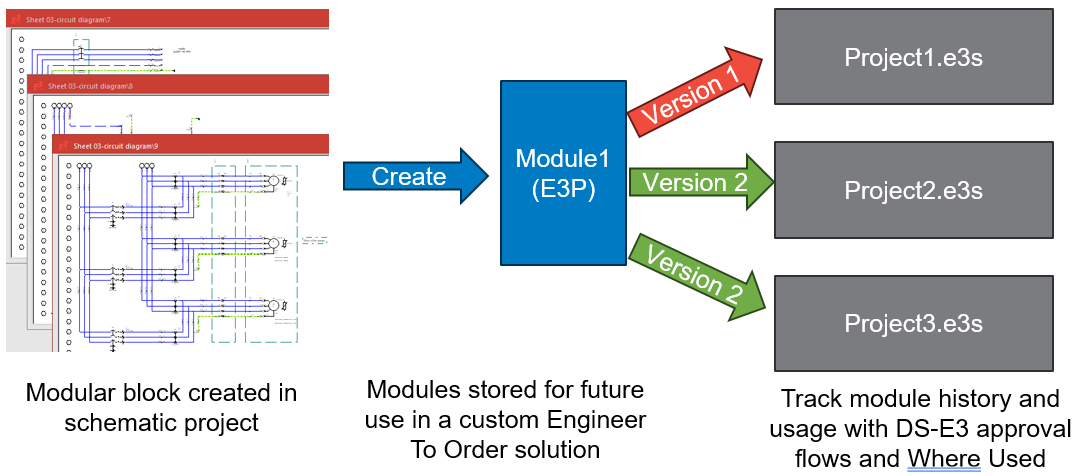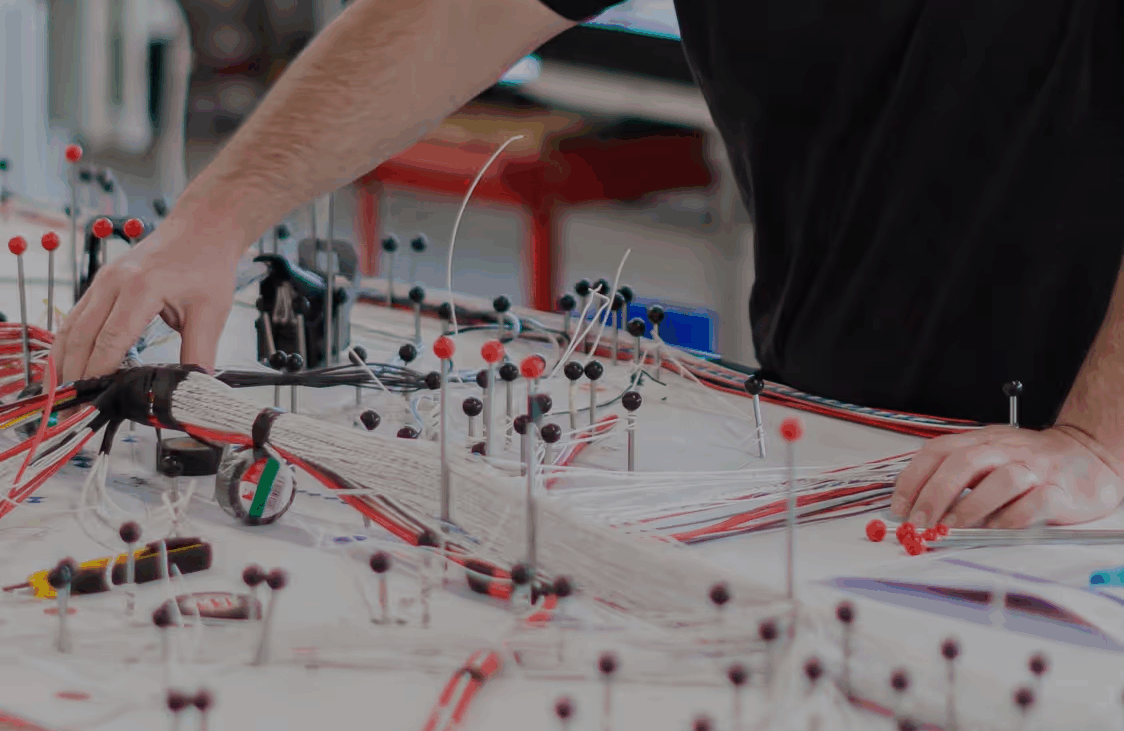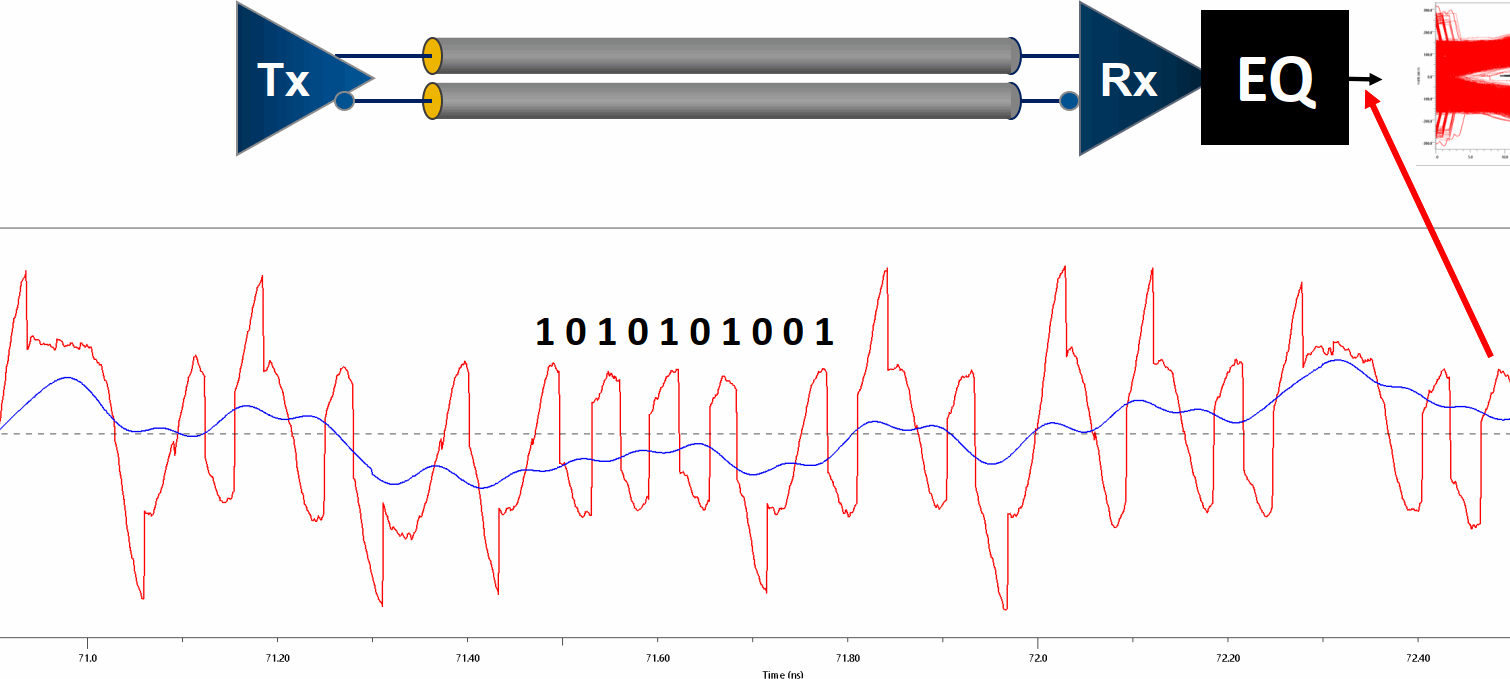Streamline Product Development with Model-based Systems Engineering

The interdisciplinary nature of modern products requires alignment and collaboration between diverse engineering teams, including electrical, mechanical, software, and systems engineers. In addition, a seamless process is required that connects requirements with detail engineering in a dynamic and bi-directional way. GENESYS is Zuken’s MBSE solution enabling bridges between the gap across these disciplines, ensuring that all…
E3.formboard Basics: From Schematic to Build-Ready Harness Layouts

This article is part of our series Mastering E3.series with Harry. In Chapters 1 – 4, we focused on getting projects started, placing parts, making connections, and preparing outputs. Chapter 5 shifts from what connects to what (schematics) to how it’s built on the bench: E3.formboard. If you need technicians to build the same harness the same way every time, a clear…
The Productivity Paradox
Investments in IT, including Engineering IT tools and methods such as CAD and PLM, were initially driven to increase efficiency and productivity in engineering. Similarly, initiatives in other areas of the value chain such as cost-down initiatives were aimed at the same target. However, it can be observed that overall economic productivity seems to have reached a plateau, despite increasing…
Building Dynamic Capabilities for Product Success in a Changing World

Manufacturing industries have experienced significant evolution through digitalization and mutual competition, fostering product improvements and coexistence among firms. By integrating best practices and addressing cross-departmental needs, these digital tools have enhanced efficiency and opened opportunities for new challenges in manufacturing. Read more
Top E3.series 2026 Features for Smarter MCAD Electrical Integration

Harness projects move fast. Space is tight, options multiply, and changes never stop. MCAD electrical integration in E3.series 2026 helps electrical and mechanical teams stay in sync without extra clicks or manual cleanup. The 2026 release strengthens data exchange, improves flattening accuracy, and speeds the ECAD–MCAD round-trip. Read more
High-Speed Links and the SI Fundamentals Revisited
The design of High-speed serial link often leaves design engineers feeling that the days of “Signal Integrity equals Black Magic” have returned as data rates climb relentlessly. A recent SI Guys conversation between Donald Telian and Ralf Brüning brings it back to first principles. Learn the important principles, and SI becomes and understandable engineering discipline. Read…
How Platform-Based Design and Modular Blocks Streamline Engineer-to-Order

Engineer-to-Order products meet customer demands through customization. While cars or cell phones come with a pre-set array of options and tell prospective buyers to choose, other products require more tailored offerings. In industries like rail, aerospace, and factory automation, the team starts with customer specifications and builds from there. Read more
Beyond Roads and Waves: Technomap’s Mission to Redefine Mobility

At ZIW 2025 in Paris, we caught up with Christophe Vergneault, CEO at Technomap and an industry leader shaping the future of mobility. Founded in 1994 out of a passion for motorsport, Technomap first entered electrical architecture development in 2000. By 2018, the company had pivoted fully to mobility architectures, spanning everything from cars and boats…
High‑Speed Serial Link Design: The TWO Things That Make Links Work (and Fail)

In this talk, Donald Telian explains that the very two things that make links work are also the things that make them fail – when they’re not done right. High-speed links work electrically when you:
1) Deliver ~10 mV accuracy from the transmitter (Tx) to the receiver (Rx)
2) Properly equalize at the system levelThis…
Setting Sail into the Future: How Grand Large Yachting is Redefining Sustainable Boatbuilding
At ZIW 2025 in Paris, we had the opportunity to sit down with Romain Guiraudou, Electrical Lead Engineer at Grand Large Yachting, one of France’s leading yacht and boat manufacturers. The conversation shed light on the group’s unique challenges in electrical engineering, and its forward-looking approach to sustainability and innovation in the maritime industry. Read more
